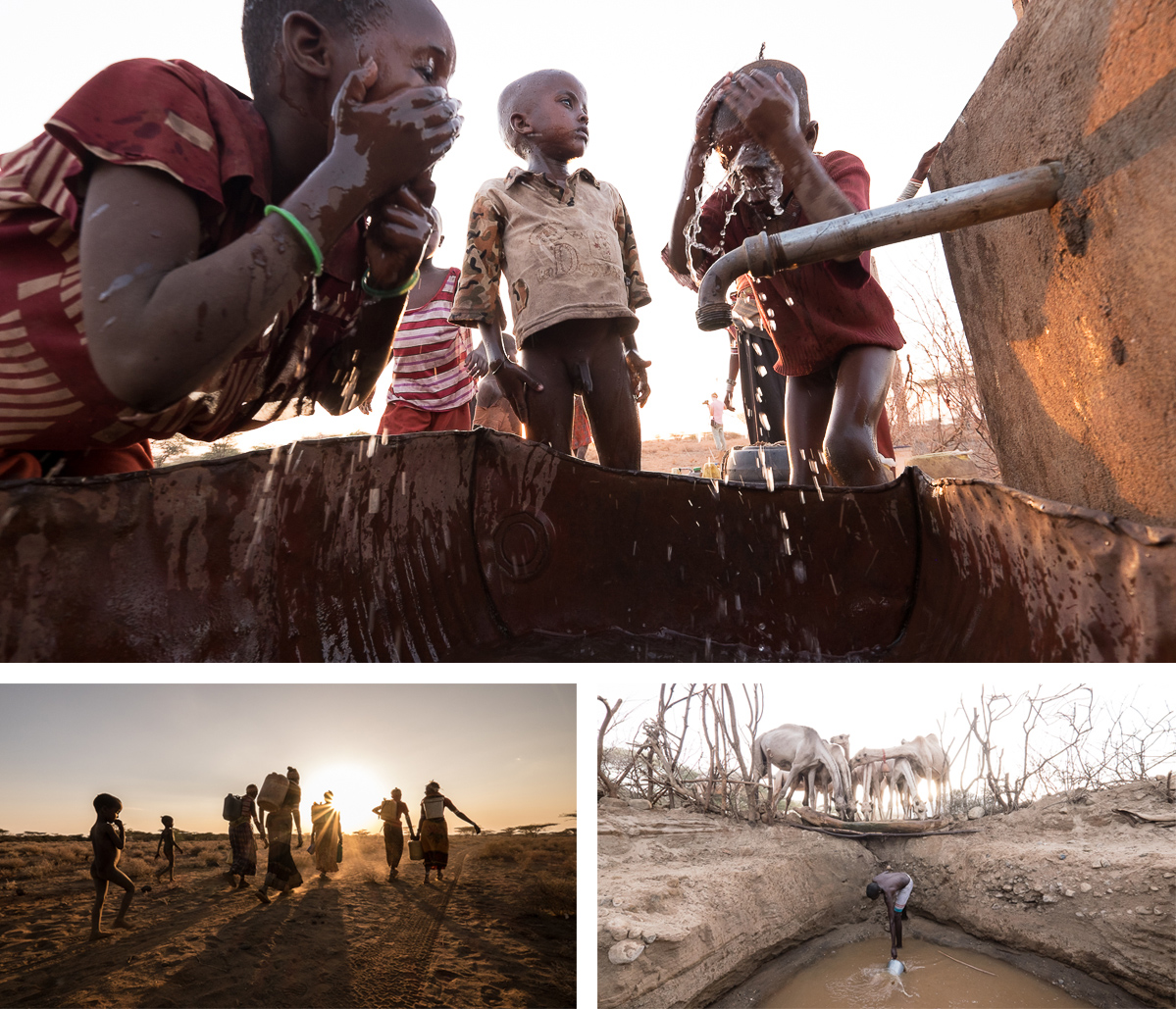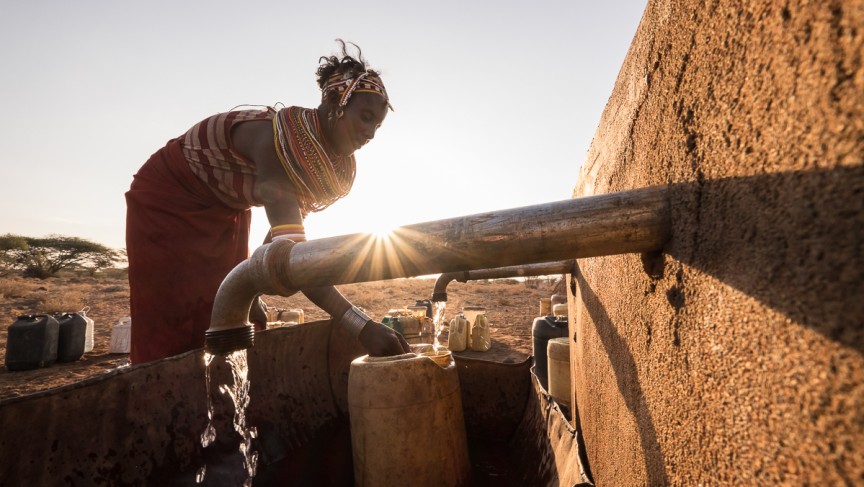If you’ve read my latest eBook, Making The Image, you know I’m a big fan of questions. Always have been. Questions open us to possibilities, especially when they lead to more questions, experimentation, increased curiosity, and play. This is the last in a series of articles about the power of four particular questions to drive our work forward. The first three: Is my work authentic? Is it vital? Does it tell a story? The final questions is this: is my work unified? Does it work together?
When we first learn photography we seem to go image-by-image. At first we’re just hoping to nail the focus, and the exposure, at the right moment. Then we get pickier about every element in the frame, begin to strengthen our compositions, and soon we’re making capable images one at a time. The next step might be the recognition that a single photograph can’t always tell the whole story; it might be time to begin creating bodies of work.
Bodies of work can be whole collections or a shorter series of images. There are no rules. I have a short series of work of a dozen images from Venice that are impressionist in nature, and a collection of more literal work that’s several dozen photographs. Some are short, and some are long. The most logical way to unify your work is by giving them a shared theme, though what kind of theme is almost a limitless choice: location, activity, story, social issue, weather – if all the images in some connected way are about (not of) the same subject, that’s a theme. You could also choose to tie your work together with visual conventions, like a shared aspect ratio or colour palette, though it’s assumed those choices are made to strengthen how we communicate, not merely to force a connection.

“A single photograph can’t always tell the whole story; it might be time to begin creating bodies of work.”
What visual cohesiveness is not is homogeny, uniformity, or repetition. It’s not slapping all your monochrome images together into one gallery and calling it a body of work. It’s a thoughtful process of creating work – over a couple hours or several years – that as a collection is stronger than the sum of its parts. So on that note creating a body of work is also not a way to get away with weaker images hoping the stronger ones will carry them. The strength in a body of work lies in a ruthless edit that keeps only the best that work together. Better to have a strong collection of 12 powerful images than include another 8 and have a weaker collection of 20.
“What visual cohesiveness is not is homogeny, uniformity, or repetition. It’s not slapping all your monochrome images together into one gallery and calling it a body of work.”
Start small. Start with three images that together tell a fuller story about a portrait subject or a place to which you’ve traveled. The macro subject you’ve chosen. Whatever. This isn’t a photo-essay, though it could be, it’s just different single images on a theme. Three photographs of three different flowers that share similar or contrasting elements. Three portraits of the different sides of one person, or three images of people that do similar work, or share some similar characteristics – beards and tattoos should be an easy one these days. Now look through your work and see if a slightly different edit of your last trip to Brazil or New York, might give you new possibilities for a series of 6 images that work together.
How you do it is another way in which you flex your creativity. There are no rules. But there are principles, good reasons to create with bodies of work in mind. Just as there are for storytelling and other devices for creating vital images. This process is not without its struggle. That struggle can be guided a little, given some direction, with the right questions. I know there are others out there too, but start with these 4 and see where they lead you. Is my work authentic? Is it vital? Does it tell a story?(Or to put this another way – is it about something?) And, does it work together?
Tell the World, Share this Post.


Comments
Pingback: Your Next Step: Unified Work – news.iNthacity
Interesting but how does this apply to my favorite artists, Franz Kline and Ernst Haas?
Richard – If I had a choice, as a teacher, that would be the question I would ask of you. Have you looked at Ernst Haas’ work and asked yourself that question? His colour work is beautifully cohesive. His motion work is another body of work. So are his horse photographs. Not every photograph works with every other, but that’s not the point. The point is bodies of work that together do more than one or two images could on their own and I’m not sure I could pick a better example of a photographer who does this as well as Haas.
I have struggled with having a similar white balance /hue /tone across multiple images in a collection, so the images seem to belong together. You addressed this in your Vision is Better video on YouTube, and that has helped. Thanks for this post!
Really informative and thought provoking series David. I think the last installment brought it full circle and perhaps resonated the most with me.